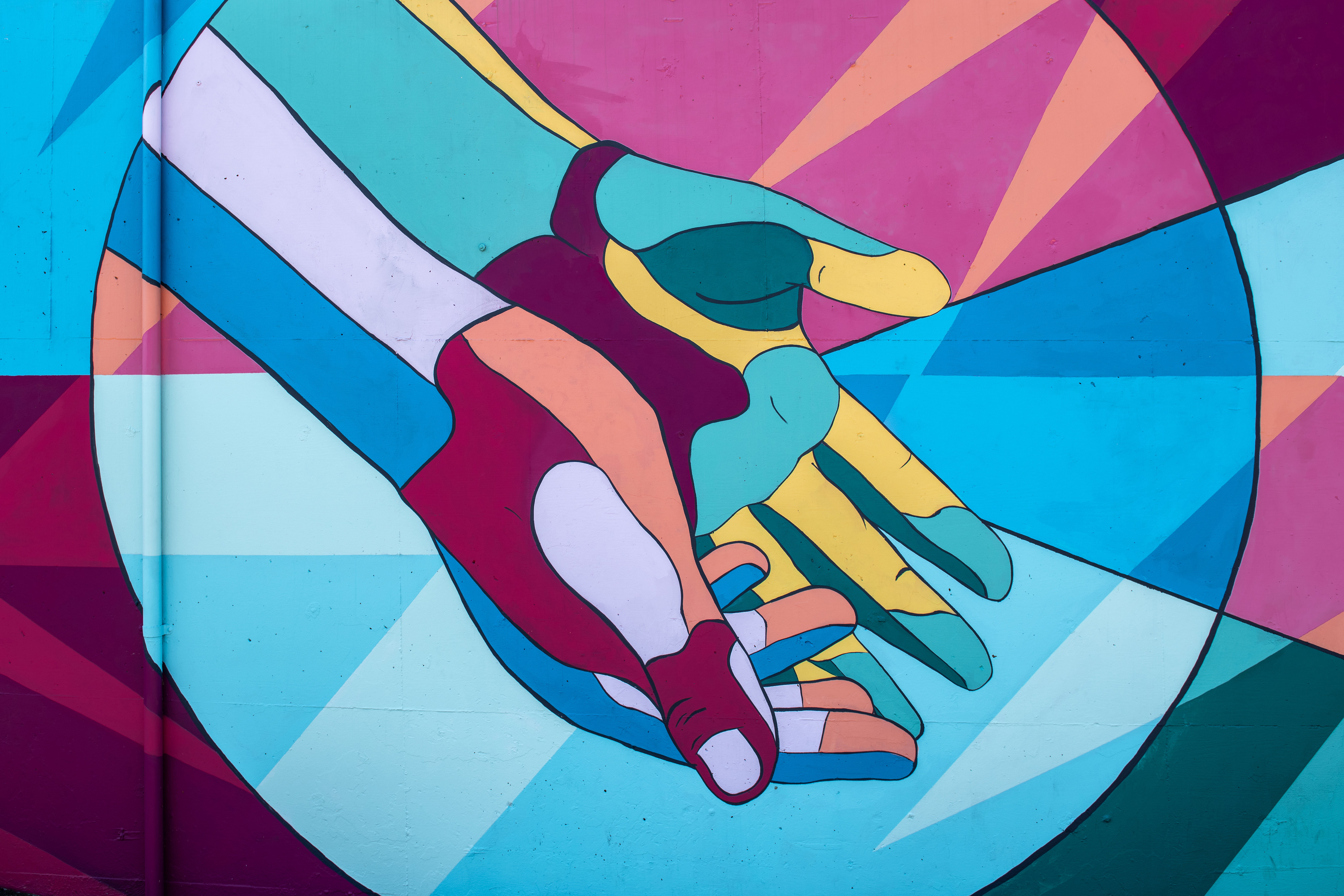Insights
Is Your Messaging Around Mental Health Inclusive?.

This year’s Mental Health Awareness Month (MHAM), dating all the way back to its first observance in 1949, is different from every year before it. Americans have endured 14 months in a global pandemic, all the while dealing with countless other sources of stress and anxiety. The American Psychological Association reported that the pandemic significantly contributed to 78% of adults’ stress, and that police violence towards minorities contributed to 59% of adults’ stress. Unsurprisingly, those who have been most affected by these events—namely people of color, people with disabilities, and other marginalized groups—have also suffered the greatest burdens in mental health.
All of that is to say, this is not just another mental health month—it’s bookending one of the worst mental health crises in modern history. As a result, every organization’s communications efforts need to be mindful. Without the proper focus on context, authenticity, and solidarity, any PR plans around MHAM will fall flat, and may even cause harm or backlash. Communications professionals should keep a few key things in mind as they prepare messaging for this month.
Use inclusive messaging
Words matter, especially when discussing mental health. Seemingly common terms can cause harm to marginalized communities. Avoid ableist language, like “we stand with the Black community,” “don’t turn a blind eye to your mental health,” or “the lockdown has made us all feel crazy.” Instead, choose phrases like “we are in solidarity with you,” “focus on your mental health,” and “the lockdown has taken a toll on us all.”
Inclusive messaging applies to visual communications as well. With BIPOC and other marginalized groups suffering, your MHAM ads and posts should represent those communities. Verizon’s Mind Together campaign is a good example of using inclusive language and visuals to reach its broad community of stakeholders.
Be strategic and sensitive
Communities with a history of being exploited by the U.S. healthcare system have understandably lost trust in it, which makes being strategic and sensitive in your outreach even more important. Avoid opportunistic marketing or advertising around MHAM, especially if your organization isn’t giving back to your community.
A prime example of companies getting this right is allowing consumers to opt-out of Mother’s and Father’s Day marketing campaigns to avoid causing harm to those who may have lost parents or have strained relationships with family members. This can be helpful for LGBTQ+ people, particularly those who do not feel safe among their family members.
Uplift community voices
Communicating to your stakeholders about mental health requires a level of trust and credibility. You need on-the-ground experts who know their communities—whether it’s people of color, the disability community, LGBTQ+ people, or another marginalized group— and how mental health has affected them. Don’t reinvent the wheel, especially when it comes to mental health resources—uplift the voices of experts, leaders, and people within your target communities.
Telling personal stories is another way to humanize your PR campaigns and directly engage with consumers. The Trevor Project does a great job at uplifting the voices of community members through their social channels, so much so that Instagram partnered with them to tell the stories of trans and nonbinary celebrities to mark this year’s International Transgender Day of Visibility.
Prioritizing inclusion in your outreach to community members will only benefit your bottom line. And with a demand for companies’ focus on stakeholder capitalism, it is in everyone’s best interest to ensure that communicating around social issues—especially those dealing with mental health—is done right. Inclusive language and visuals, strategic and sensitive outreach, and uplifting community voices will ensure your MHAM outreach authentically reaches the communities that need it the most.